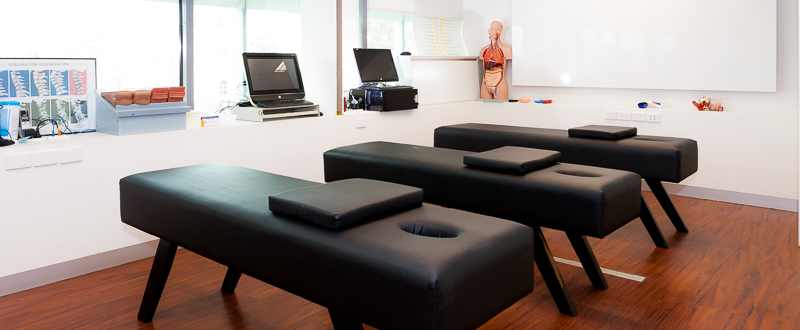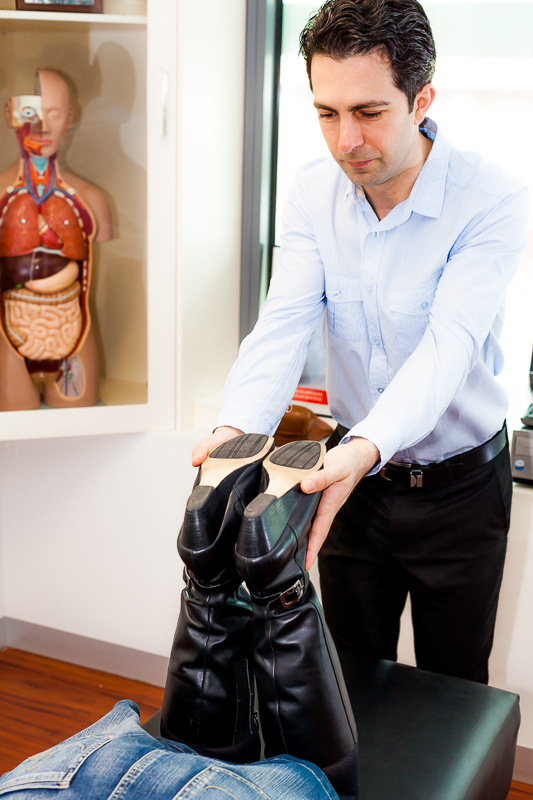What to Expect
Once you have decided that Chiropractic is right for you, getting started can at times be daunting. Knowing what to do next and what to expect can help to fill in some of the missing information. To make the transition into Chiropractic care at my office smoother, I have outlined how, together, we develop your individual treatment plan.
Call to make an appointment
The first part is the easy, simply call and talk to one of my welcoming staff members to organise the first available consultation.
Get in touch.
Download new consultation forms
Once you have made your appointment, download the forms below and fill out as many details as you can so I have a better understanding of your major health concerns.
Click to download your form to get started to feeling better.
Consultation
The first consultation takes approximately 20-45 minutes depending on the severity of your condition. During your first appointment, I take a detailed history to fully understand your health concerns.
Examination
A thorough examination is performed to rule in or out any conditions that may prevent you from receiving care or restrict the type of care you may receive. Some of the tests I may perform include range of motion of your joints, neurological testing, orthopaedic testing, muscular tone and strength and reflexes, amongst others.
Diagnostic referral
Depending on the results of the consultation and examination, you may be referred for further diagnostic studies. These can help to rule out underlying pathologies, structural anomalies or an alteration in your normal physiology that may restrict or alter the type of care you receive. We use a state of the art radiology, MRI and ultrasound centre adjacent to our office that uses the latest digital technology to minimise your radiation exposure. This additional information will help determine the best approach to your Chiropractic care.
Report of your findings
The second consultation will take approximately 20-45 minutes. This is an excellent time for any questions you may have about the process or treatment. During this time, we will go through a care plan designed for you and how best to get you back to your normal function. Your care plan may include:
- Treatment schedule (how many visits and for how long)
- Exercises or stretches to help with strength, tone, balance and coordination
- Dietary or nutritional advice to help with the restoration of your body
- Other treatment modalities that may be incorporated or referred out to
Relief care
Initially, it is important that we help to reduce the symptom/s that you are currently experiencing. Depending on your condition, this may require frequent visits at short intervals so we can achieve the best results for you. We do this by stabilising any joint instabilities, fixations or subluxations and helping to restore the proper function of your nervous and musculoskeletal system.
This intensive phase may take anywhere from two weeks up to several months, depending on the severity of your condition. During this phase, you may see the pain of the original symptoms begin to dissipate, as well as any additional symptoms you may have been experiencing.
Once your symptoms have abated, this is a positive sign that your body has begun to correct and heal any underlying conditions.
Corrective care
We begin to correct the normal curvature of your spine to help restore and reduce pressure on your nervous system. The correction to the proper position of the spine will help to slow the degenerative process caused by previous stressors on your body.
This phase of care can take a few weeks with minor conditions, to months with more severe cases. It is like trying to correct your teeth with braces, which can take months or years depending on the severity of your condition.
Maintenance care
This phase begins once your symptoms have dissipated and is where we will work together to make sure you maintain this positive state. Maintenance care is about looking after your spine, nervous system and musculoskeletal system for the rest of your life. Treatment frequency is different for each individual, depending on the types of stressors in your life. When and if you notice your symptoms returning, it is easier to get on top of it rather than go through the first two phases of care again. It is like cleaning your teeth or exercising, once you have reached your desired level of health, you work at maintaining it.
If after reading this, you have questions, don’t hesitate to contact one of the welcoming staff at my clinic, who would be happy to take the time to work through any queries you might have.








